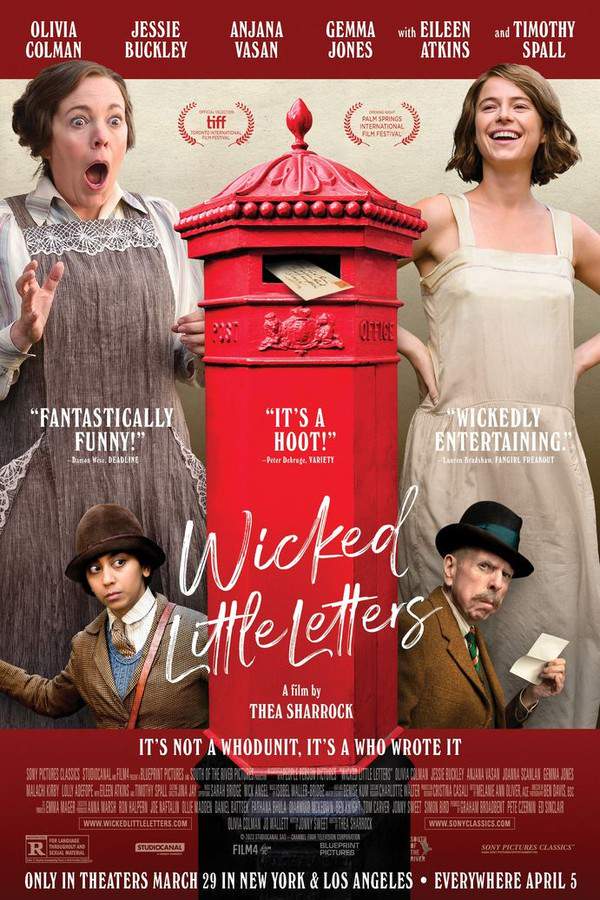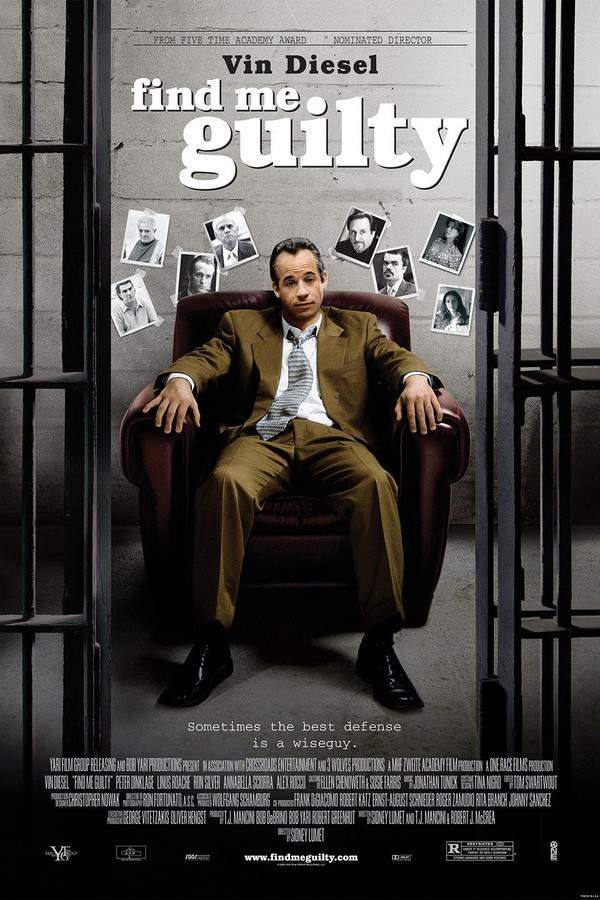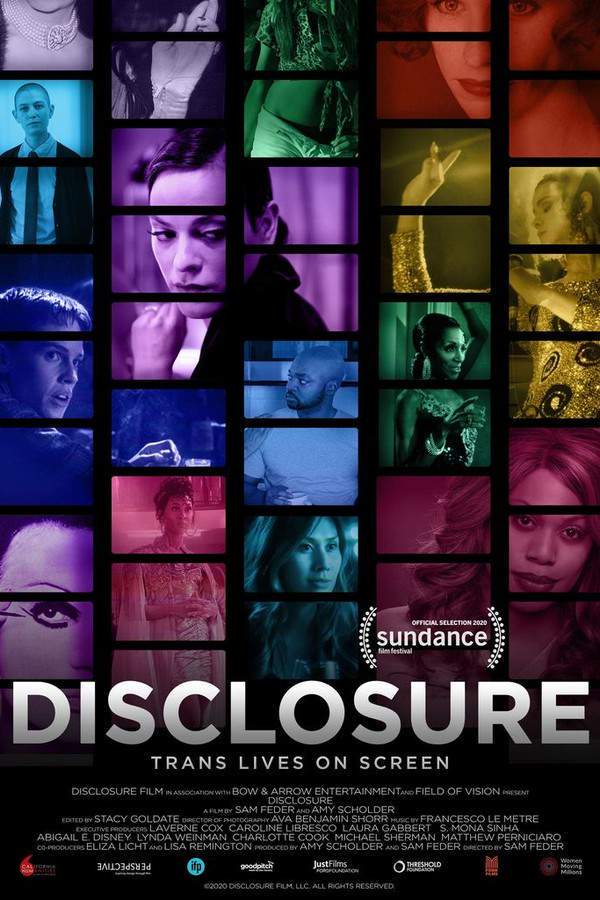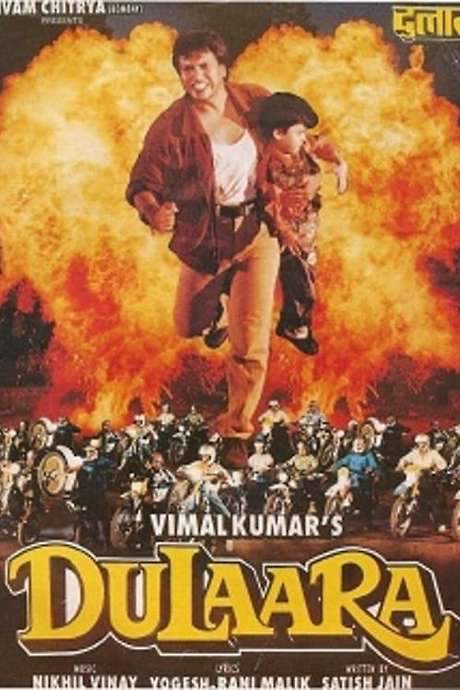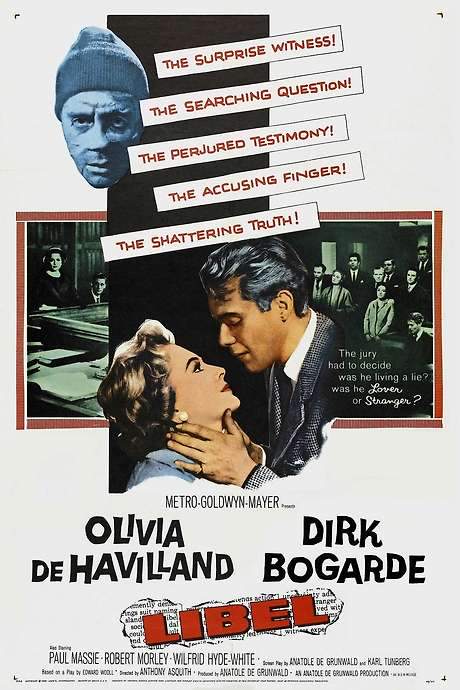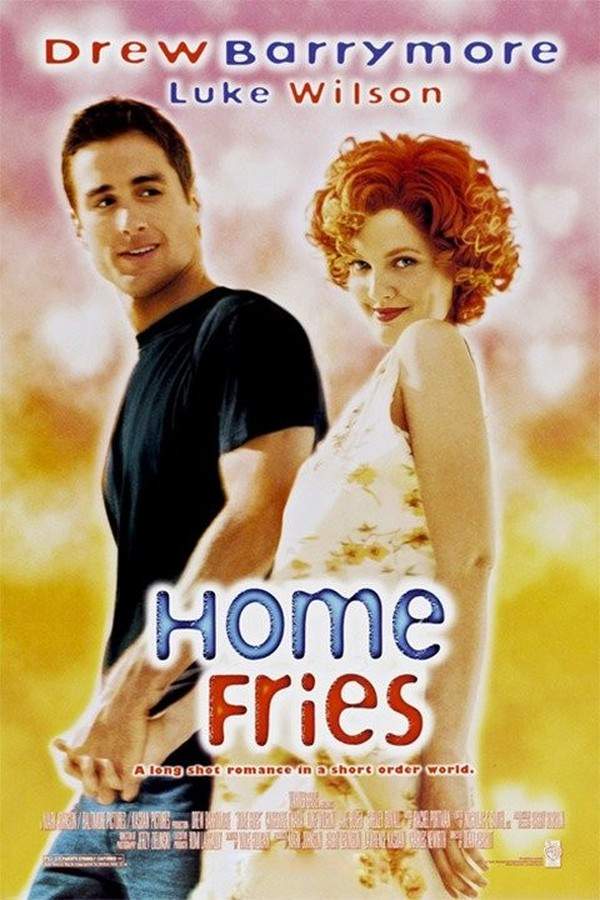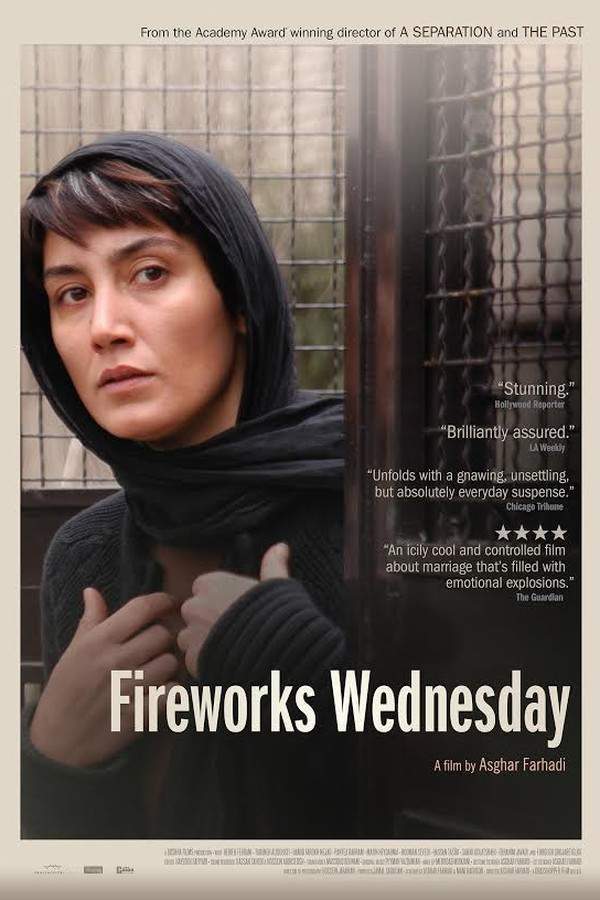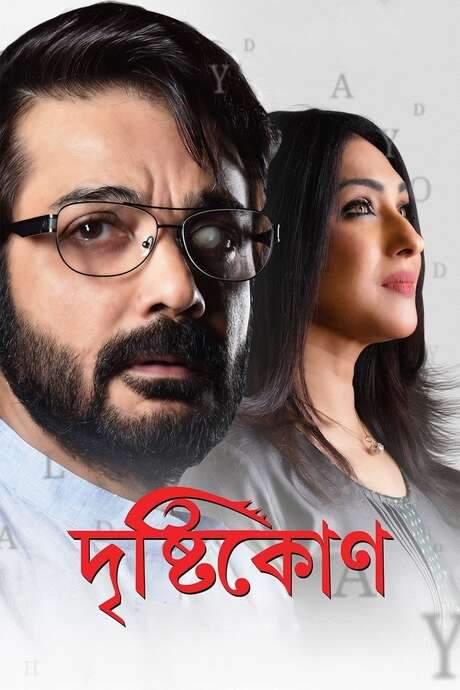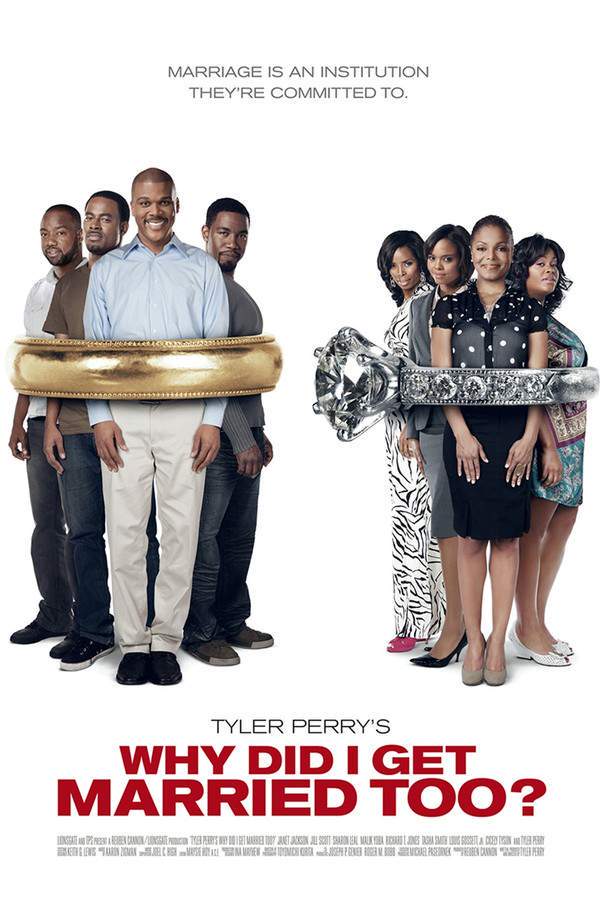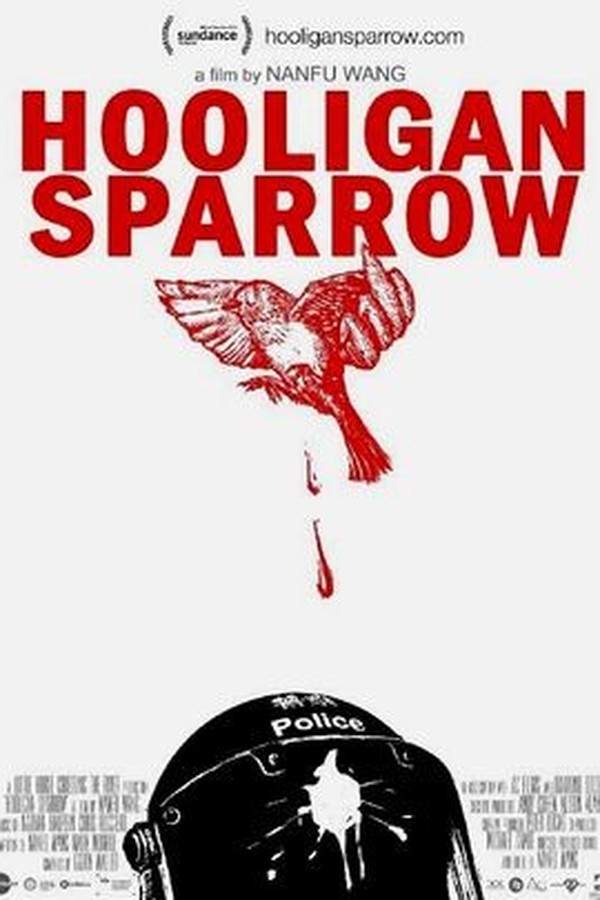
The Gua Sha Treatment
Year: 2001
Runtime: 105 mins
Language: Chinese
Director: Xiaolong Zheng
Painless bruise marks left on a child after a traditional Chinese gua sha (scraping) therapy are misinterpreted by child protection officials as signs of abuse and neglect, sparking heated clashes and debate over cultural prejudice, misconceptions, and concerns about well‑meaning but misguided interventions.
Warning: spoilers below!
Haven’t seen The Gua Sha Treatment yet? This summary contains major spoilers. Bookmark the page, watch the movie, and come back for the full breakdown. If you're ready, scroll on and relive the story!
Timeline & Setting – The Gua Sha Treatment (2001)
Explore the full timeline and setting of The Gua Sha Treatment (2001). Follow every major event in chronological order and see how the environment shapes the story, characters, and dramatic tension.
Last Updated: October 03, 2025 at 14:13
Main Characters – The Gua Sha Treatment (2001)
Meet the key characters of The Gua Sha Treatment (2001), with detailed profiles, motivations, and roles in the plot. Understand their emotional journeys and what they reveal about the film’s deeper themes.
Last Updated: October 03, 2025 at 14:13
Major Themes – The Gua Sha Treatment (2001)
Explore the central themes of The Gua Sha Treatment (2001), from psychological, social, and emotional dimensions to philosophical messages. Understand what the film is really saying beneath the surface.
Last Updated: October 03, 2025 at 14:13
Explore Movie Threads
Discover curated groups of movies connected by mood, themes, and story style. Browse collections built around emotion, atmosphere, and narrative focus to easily find films that match what you feel like watching right now.
False accusation legal dramas like The Gua Sha Treatment
Ordinary lives unravel when well-meaning systems get it catastrophically wrong.If you liked the tense legal battle in The Gua Sha Treatment, you'll find similar movies here. These films center on characters wrongly accused by authorities, leading to heated courtroom dramas and family strain. They explore themes of justice, prejudice, and the fight to reclaim a shattered life.
Narrative Summary
This thread follows a pattern where a single, innocent action or cultural difference is misinterpreted by an authority figure, triggering a chain of events that threatens to destroy a family or individual. The narrative builds through legal proceedings and personal struggles, emphasizing the frustration and determination of the protagonists.
Why These Movies?
These films are grouped by their shared focus on the anxiety of being falsely accused and the adversarial nature of fighting a rigid system. They create a specific kind of tension rooted not in malice, but in tragic miscommunication and institutional blindness.
Movies about cultural clash and misunderstanding like The Gua Sha Treatment
Stories where deep cultural divides create painful and profound conflicts.For viewers who appreciated the cultural conflict in The Gua Sha Treatment, this section features similar films exploring immigrant experiences and generational divides. These dramas focus on the emotional cost of prejudice and the difficult journey toward bridging cultural gaps.
Narrative Summary
Narratives in this thread typically begin with a cultural practice or belief being misunderstood by outsiders, sparking a central conflict. The journey involves characters navigating prejudice, defending their identity, and often achieving a bittersweet resolution that acknowledges the hurt while offering a glimmer of mutual respect.
Why These Movies?
These movies share a core thematic focus on the pain and complexity of cultural misunderstanding. They are united by a mood of heated drama and a thoughtful, often bittersweet, exploration of how we bridge divides, making them resonate with viewers interested in social issues and human connection.
Unlock the Full Story of The Gua Sha Treatment
Don't stop at just watching — explore The Gua Sha Treatment in full detail. From the complete plot summary and scene-by-scene timeline to character breakdowns, thematic analysis, and a deep dive into the ending — every page helps you truly understand what The Gua Sha Treatment is all about. Plus, discover what's next after the movie.
The Gua Sha Treatment Summary
Read a complete plot summary of The Gua Sha Treatment, including all key story points, character arcs, and turning points. This in-depth recap is ideal for understanding the narrative structure or reviewing what happened in the movie.

The Gua Sha Treatment Timeline
Track the full timeline of The Gua Sha Treatment with every major event arranged chronologically. Perfect for decoding non-linear storytelling, flashbacks, or parallel narratives with a clear scene-by-scene breakdown.

The Gua Sha Treatment Spoiler-Free Summary
Get a quick, spoiler-free overview of The Gua Sha Treatment that covers the main plot points and key details without revealing any major twists or spoilers. Perfect for those who want to know what to expect before diving in.

More About The Gua Sha Treatment
Visit What's After the Movie to explore more about The Gua Sha Treatment: box office results, cast and crew info, production details, post-credit scenes, and external links — all in one place for movie fans and researchers.

Similar Movies to The Gua Sha Treatment
Discover movies like The Gua Sha Treatment that share similar genres, themes, and storytelling elements. Whether you’re drawn to the atmosphere, character arcs, or plot structure, these curated recommendations will help you explore more films you’ll love.
Explore More About Movie The Gua Sha Treatment
The Gua Sha Treatment (2001) Plot Summary & Movie Recap
The Gua Sha Treatment (2001) Scene-by-Scene Movie Timeline
The Gua Sha Treatment (2001) Spoiler-Free Summary & Key Flow
Movies Like The Gua Sha Treatment – Similar Titles You’ll Enjoy
Hooligan Sparrow (2016) Movie Recap & Themes
A Touch of Sin (2013) Plot Summary & Ending Explained
Breaking the Silence (2000) Full Movie Breakdown
Sheep Without a Shepherd (2019) Ending Explained & Film Insights
On the Society File of Shanghai (1981) Film Overview & Timeline
Ju Dou (1990) Full Movie Breakdown
Rouge of the North (1988) Full Summary & Key Details
The Day the Sun Turned Cold (1994) Film Overview & Timeline
A Child’s Cry for Help (1994) Ending Explained & Film Insights
Intimate Confessions of a Chinese Courtesan (1972) Movie Recap & Themes
Daughter of Shanghai (1937) Story Summary & Characters
Brief History of a Family (2024) Detailed Story Recap
The Shanghai Drama (1938) Story Summary & Characters
Bloody Morning (1992) Story Summary & Characters
Ju Dou (1991) Full Summary & Key Details

